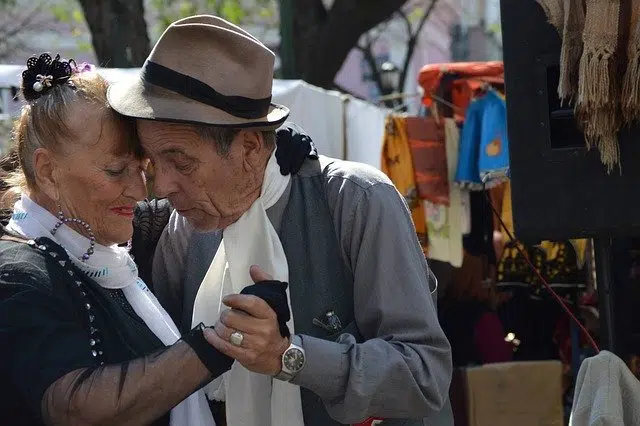
Flamenco is part of the cultural wealth of Spain.
Wealth is the accumulation of resources that have value : goods, money, etc. Cultural , for its part, is an adjective that refers to that which is linked to culture (the symbolic framework formed by knowledge, traditions and rituals shared by the members of the same community).
The notion of cultural wealth , therefore, is associated with the valuable resources that are part of a culture . Generally these resources are symbolic or immaterial, such as a musical genre or a dance rhythm. For example: "The mambo is a very important part of the cultural wealth of this land" , "We have the obligation to protect our cultural wealth" , "The government must strive so that cultural wealth also generates economic and material wealth for the community." » .
Cultural wealth is part of the history of a society. These are those manifestations that developed over the years and that, due to the value attributed to them, are considered of great importance by people.
The cultural wealth of Spain
One of the countries with the greatest cultural wealth in the world is, without a doubt, Spain , which is marked, among many other things, by the fact that it is the result of the mosaic of cultures that lived in its lands since its origins.
Highlighting some of the most important pillars of this wealth is somewhat complicated. However, special emphasis can be placed on the following:
– Flamenco . It is listed as Intangible Cultural Heritage of Humanity and has become one of its most relevant ambassadors throughout the planet. It is a type of dance and singing that manages to arouse great interest and causes millions of tourists to come to the nation annually to learn it or simply to see its shows.
– Copla . This is another musical variant, in this case, a genre that has also managed to have a long list of references both in Spain and in Latin American lands. Specifically, among the most significant artists in this regard are from Juanita Reina to Concha Piquer, passing through Imperio Argentina and Rocío Jurado.
-Immense architectural and artistic legacy, with spectacular heritage represented by monuments such as the Royal Palace of Madrid , the Sagrada Familia of Barcelona , the Mosque of Córdoba , the Alhambra of Granada ...
-Reference literature with works as emblematic as "Don Quixote de la Mancha" and writers as famous as Cervantes , Lope de Vega , Calderón de la Barca , Federico García Lorca , Antonio Machado ...

The Argentine cultural wealth has tango as a great value.
The case of tango
We can also take the case of tango in Argentina . This genre of music and dance began to develop in the 19th century from the fusion of different cultural elements.
Tango ended up forging its own identity and standing out for transmitting typical stories from the main cities of Argentina in those years. In this country it became an important cultural wealth that, in turn, is currently exploited as a tourist attraction: people from all over the world come to Argentina to learn to dance tango and to attend milongas (events where tango is danced).
